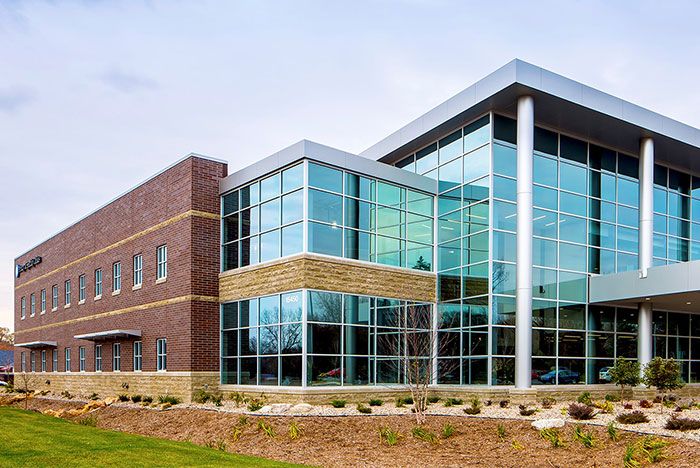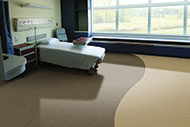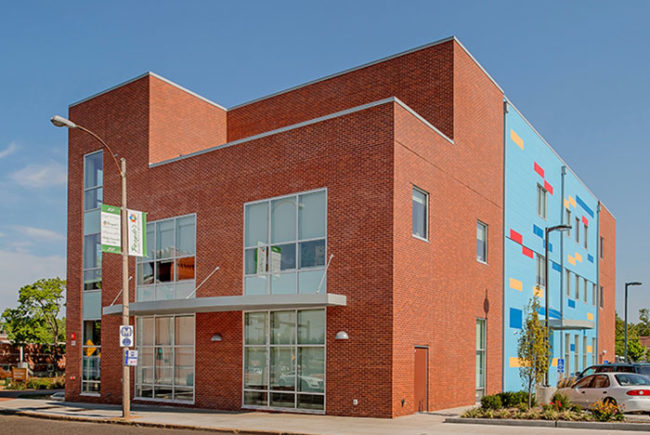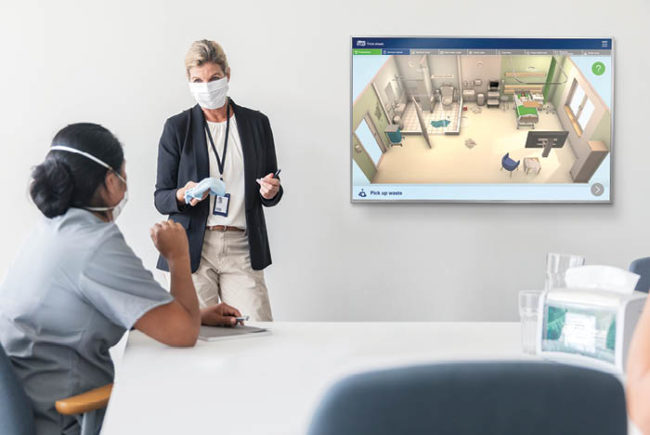
Facilities such as the Minnetonka Medical Center, Minnetonka, Minn., which opened in 2014, for now remain a desirable option for health care systems and third-party developers.
For the time being, uncertainty over the future of the Affordable Care Act is failing to slow a robust market for the development of medical office buildings (MOBs) and other outpatient facilities in the U.S.
But that could change over time after projects in the pipeline are completed, predicts health care real estate data specialist Revista, Arnold, Md.
A survey conducted by Revista in collaboration with industry publication Healthcare Real Estate Insights (HREI), Minnetonka, Minn., shows that for now outpatient facilities remain a highly desirable option for both health care systems and third-party developers.
Outpatient medical real estate development projects totaled nearly $7.7 billion in construction value, with 19.4 million square feet of space completed in 2016, the survey reveals. Another 17.3 million square feet of outpatient projects with a value of almost $6.5 billion was started in 2016.
A total of nearly 35.7 million square feet of outpatient real estate was started or completed in 2016. Of this, 10.9 million square feet, or 34.5 percent, was started or completed by a third-party developer, according to the survey.
“Uncertainties surrounding the ACA and health care changes under the Trump administration will very likely make providers and developers more cautious moving forward, but those effects won’t be seen in the construction data for a few quarters because of lead time,” says Hilda Martin, principal, Revista.
The trend for outpatient facility construction appears to be continuing on an upward trend in 2017 despite the wrangling in Congress over what shape health care should take, Martin says.
“There is an uptick in expected MOB deliveries for 2017,” she says. “If everything scheduled to open in 2017 opens on time — about 22.5 million square feet — it would be roughly a 30 percent increase in square feet delivered over last year.”
Several factors are driving the continued surge in the development of new outpatient facilities, including the ongoing efforts of health systems to bring clinical services closer to patients, Martin explains.
“There has been a continuing movement out into the community to make health care services more accessible and to build on or maintain the market share of systems, hospitals and providers,” she says.
“For many hospitals, they need to keep costs down, and moving whatever cases they can to an outpatient setting makes sense. With this comes the need for more outpatient space,” she notes.
Demographic factors also are causing health systems to expand into the community with outpatient facilities. “The aging population of baby boomers need more and more care,” Martin says.
An increase in the number of insured persons also has created demand for more outpatient facilities, but that may change depending on the future of health care, she says. “There are currently many more insureds than in years past due to the ACA. It remains to be seen if this will continue to be the case.”
Revista and HREI collected and verified data on outpatient development projects started or completed in 2016 that exceeded $2.5 million in value and that included at least 5,000 square feet of new or renovated space. Data were gathered using surveys completed by the developers, as well as other sources.
The top five health real estate developers represent 20 percent of the 10.8 million square feet of MOB space started or completed by a third party in 2016, Martin says. The following are the top five third-party developers of outpatient care facilities: Pacific Medical Buildings, NexCore Group, Trammell Crow Co., Duke Realty and Concord Healthcare.
For the survey, outpatient projects include all MOBs, outpatient surgery centers, dialysis centers, clinics, freestanding emergency rooms/departments, urgent care centers and other facilities where outpatient care is provided.





